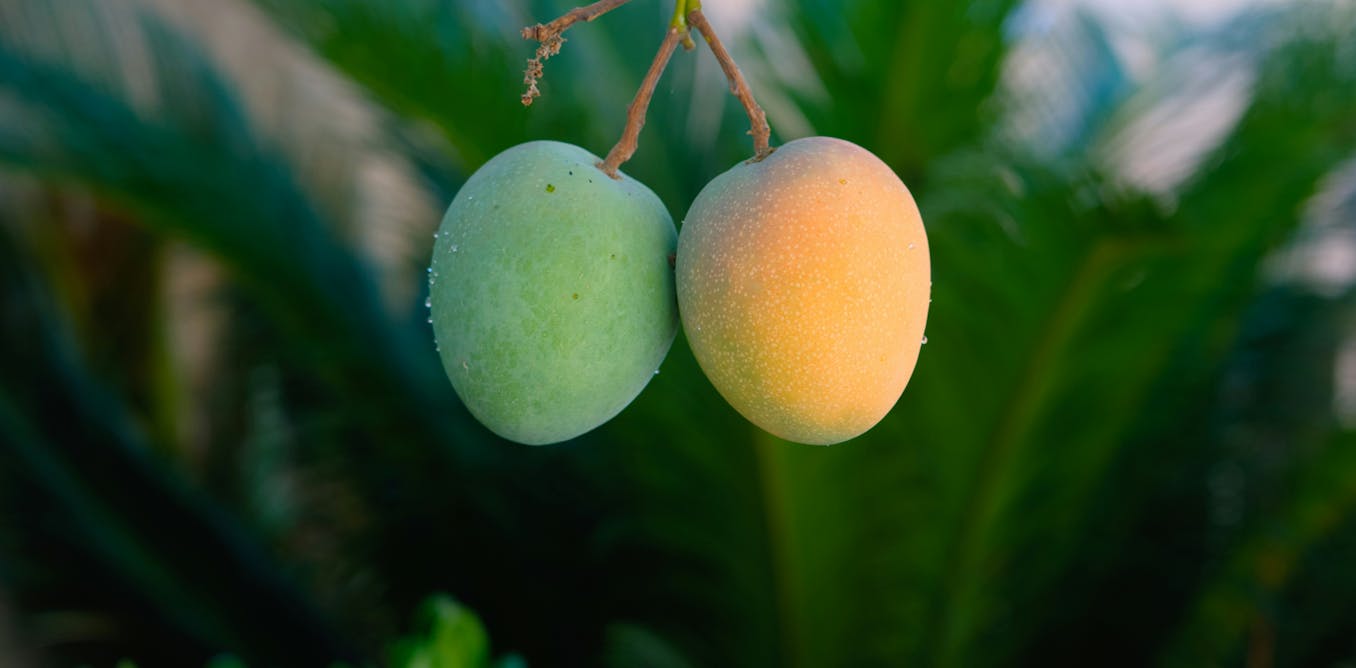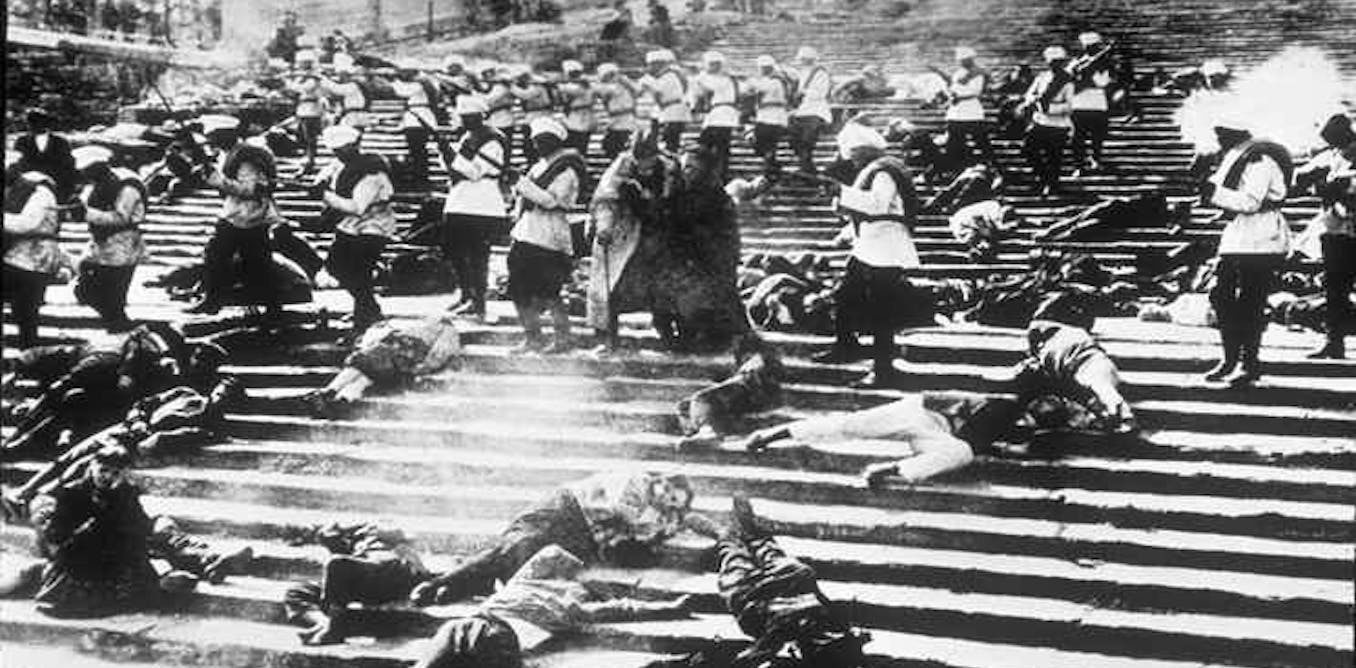Florence’s Uffizi Gallery is one of the most heavily trafficked museums in the world, and it certainly feels that way, especially when you have to jostle with selfie-taking tourists for a good view of famed Botticellis and Leonardos. Enter a modestly scaled gallery dedicated to 13th-century Sienese art nearby those paintings, however, and the commotion falls away. Here, there are few rushing to study to Duccio’s enthroned Madonnas and Simone Martini’s gold-leafed Annunciation scene.
That should tell you all you need to know about the unglamorous—and uncertain—place that the art of trecento Siena holds in the public eye. Scholars agree that Duccio, Martini, and others were formal radicals in their day, experimenting with naturalism, painted text, and multi-panel formats while others were still bogged down by the artistic baggage of the Byzantine and Gothic eras. But time has been unkind to these Sienese artists, who are only given a brief mention in Art History 101 courses, where Florentine painters still exert a strong, centrifugal force.
Move over, Giotto and Cimabue: here comes the Metropolitan Museum of Art’s long-awaited blockbuster about early Sienese painting, a superlative show that has the potential to reorder this slice of the Western canon. The exhibition, which opens on Sunday and travels to London’s National Gallery after appearing in New York, is an embarrassment of riches, and not only because the art on view is of such a high caliber.
“Siena: The Rise of Painting, 1300–1350,” as the show is formally titled, is arguably the most ambitious exhibition staged in New York since the onset of the pandemic. Broken-up masterpieces by Duccio and Martini have been reunited here, and an entire altarpiece by Pietro Lorenzetti has made the voyage from a church in Arezzo. Many of these works are not commonly seen in the US; many more are exceedingly rare. (The exhibition is the product of years of labor on the part of curators Stephan Wolohojian, Laura Llewellyn, Caroline Campbell, and Joanna Cannon.)
Consider the fact only around a dozen works by Duccio are known to scholars. Now consider the fact that many of them currently hang in the Met’s galleries.
A number of the Duccio paintings here belong to the Maestà (1308–11), an altarpiece whose panels were taken apart and distributed in the intervening centuries. The greatest achievement of this show is reassembling all eight of the remaining panels of the predella (the raised area at the bottom of an altarpiece). Each painting offers its own thrills, but I couldn’t tear my eyes away from The Transfiguration, in which Jesus Christ stands stoically on a craggy peak, his disciples looking on with a mixture of surprise and horror.
Byzantine artists frequently depicted this scene and many others rendered by Duccio, but their approach was comparatively staid, with Jesus appearing to reside in a flattened universe meant to resemble the heavens. Duccio, on the other hand, pulls Jesus down to earth, plopping him onto the top of a hill that might be found somewhere in Italy. The pastel pinks and greens on the disciples’ robes mark a departure from the depressing browns of art that came before him. So, too, does the drama of his composition, which pits rows of people against the diagonals of the rocky outcroppings all around—a Giotto-esque flourish, to be sure, but one filtered through Duccio’s personal tastes.

More than 700 years on, that Duccio painting remains astonishing, as do most of the pieces here by the show’s other three protagonists: Martini, Pietro Lorenzetti, and Ambrogio Lorenzetti. Along with Duccio, these artists produced religious works that still retain their unearthly glow. The Met’s installation cast these works largely in hushed darkness, with many of the works spotlit so they can quite literally shine. That’s because all four artists make heavy use of gold leaf, in some cases eschewing backgrounds altogether in favor of fields of glowing metal.
The technique was not entirely new: Byzantine artists also relied upon gold leaf, frequently portraying the Virgin Mary and Jesus Christ against monochromatic backgrounds to remove them from reality. But the joy of a painting like Martini’s Virgin and Child with Four Saints and a Dominican Nun (ca. 1325) is that the work hovers between this realm and the next. Its raised, patterned background and the austere gazes of its figures heighten the magisterial quality of it all, yet gravity tugs at the sleeve of the Virgin’s deep blue veil, reminding viewers that she is subject to the same invisible forces as the rest of us.
The Virgin Mary recurs in nearly every work in this show, perhaps because the Sienese felt a particularly deep connection to her. Siena’s residents believed themselves to be personally protected by her; the city’s seal during the mid-13th century spoke of her “loveliness” in seeking her blessing. Their religious beliefs only ended up being confirmed in 1260, when Sienese forces unexpectedly clobbered their Florentine opponents in battle, giving way to a financial boom in the century to come.

Siena was geographically well-positioned to prosper. Located in the center of Tuscany, it was sited along the via Fracigena, a pilgrimage route that ran all the way from Canterbury, England, to Rome, with stops along the way in France and Switzerland. Goods traveled with merchants journeying down this road, but so did artistic ideas, making this hub a font of stylistic hybridity.
Gothic-style ivories from France and textiles from Central Asia figure heavily in this show, which attempts to uncover Sienese artists’ inspirations. It is indisputable, for example, that Duccio’s biblical characters are often garbed in clothes adorned with Islamic patterning derived from Turkish textiles. But here, it’s less interesting to see the textiles referenced than to read about them. Their presence here reinforces what is already obvious: that Duccio displayed a deft hand at combining and recombining motifs and styles from others’ art, then putting his own spin on them.

Local influences are traced more compellingly. Duccio died in 1319, and this show suggests that even after he passed, his art proved so magnetic that others in Siena cribbed liberally from it. Martini, for example, began making polyptychs—multi-painting altarpieces—in the mode of Duccio, whose minimalism he discarded in favor of more extravagant compositions. His Orsini Polyptych (ca. 1335–40) features four paintings of Jesus’s final days prior to his resurrection, with each image appearing to spill into the next. A parade of people in one picture appears to head straight from his deposition to his entombment. Martini showed that a narrative could unfold across multiple paintings, further demonstrating that Duccio and Giotto were on the right track.
Crucial, too, is the fact that that the Orsini Polyptych was designed to be portable—it did not need to be seen in a church to achieve its full power. Before it was sawed apart, Duccio’s Maestà could only be viewed in one place. The Orsini Polyptych, on the other hand, could initially be folded up and toted around by its patron, the cardinal Napoleone Orsini, who could worship its pictures in private.
The Orsini Polyptych was produced about a century before the Renaissance, when artists began to paint secular subject matter and their contemporaries. But works like that one helped move painting beyond the church, into the world beyond it. To stand before these paintings by Duccio, Martini, and the Lorenzettis is to watch painting get where it was going.

And where was painting going? Somewhere a bit more outwardly intellectual, perhaps, and maybe even somewhere a bit less visually dazzling. Part of the joy of the Met show is getting a glimpse at painting in its transitional state. In Duccio’s day, the rules of perspective and composition had yet to be formalized, and painting of his caliber was still meant mainly for religious institutions. Yet he and his colleagues needled artistic conventions in such a way that one can still feel the friction that resulted.
Martini’s Christ on the Cross (ca. 1340), one of the final paintings in the show, thrums with a kind of awkwardness that’s only possible when art is still between movements. Here, the body of a scrawny Jesus gushes blood, sending a rivulet of scarlet down his crucifix and onto the ground below. There are no trees, no clouds, no animals, no people—just a gold-leaf backdrop and a low, uneven hill at Jesus’s feet. Jesus’s vital fluids drip across that hill’s ridges; one senses that they would only continue to flow downward toward civilization. There is an entire world beyond this painting, even if it isn’t represented.

The post “The Met’s Sienese Art Blockbuster Is One of the Year’s Best Shows” by Alex Greenberger was published on 10/11/2024 by www.artnews.com





































Leave a Reply